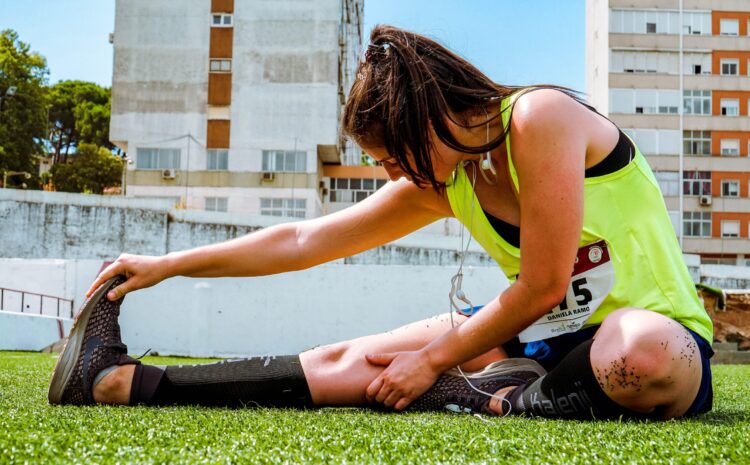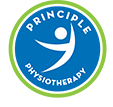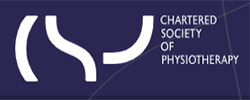
The benefits of stretching before & after an activity
Stretching before and after an activity has been used for many years as the go to activity to prepare you to perform and to cool you down afterwards. This blog will explore those benefits and discuss the research backing it up.
Some Individuals will tell you that they find stretching to be very beneficial for their performance. Whereas others that do not stretch at all, will say they have no problems with performance despite not stretching. Whilst the evidence is not conclusive on the benefits of stretching, there is also no evidence to say that stretching is harmful and I would always advocate it as a good ritual to follow if it feels that it helps you. I would never discourage an individual from stretching and would often advise anyone to ‘go with what makes you feel good’.
If you are stiff as a board then you might want to start thinking about doing more e.g. increasing your activity levels. Stretching in combination with a personalised strength training and mobility programme will help you feel fitter, stronger and most likely less stiff. These are the same principles I apply for someone with an acute injury or has chronic pain. Any activity that is meaningful and structured, providing physiological and psychological benefits is what a rehab programme should entail.
Stretching will certainly help from a psychological perspective as one will feel more prepared and focused, which is quite often the case when stretching before going for a run. Others will stretch as part of their cool down after doing a strenuous activity. Again, there is no right or wrong way to stretch but as long as it ‘feels’ good then I will always advocate it to clients. If it helps to distress the body and mind, then that is a very good reason to stretch. I for one find it useful to stretch my leg muscles before and after a 5k run. I find it relaxing and it enables me to carry out my normal day-to-day routine with greater preparedness and to aid in my recovery. Is the latter true, who knows? The research is still unable to come to a consensus but it certainly makes me feel less stiff.
There are various types of stretching (e.g. static, dynamic and pre-contraction), which are undertaken for various reasons. The most common type is static stretching, where a ‘specific position is held with the muscle on tension to a point of a stretching sensation and repeated’ (REF). There are 2 types of dynamic stretching: active and ballistic stretching. Active stretching generally involves moving a limb through its full range of movement and repeating this several times. Ballistic stretching includes rapid, alternating movements (REF). An example of ballistic stretching is watching football players warm-up before a match.
Pre-contraction stretching is slightly more difficult to understand but it basically involves a contraction of the muscle being stretched (REF). There are different types of pre-contraction stretching but the most common is proprioceptive neuromuscular facilitation (PNF) stretching. I won’t delve too much into PNF stretching but if interested in PNF or stretching in general then I would recommend you get in touch at – info@principlephysiotherapy.co.uk.
To summarise I feel stretching has its benefits, particularly from a psychological point of view as one may stretch to feel more prepared for an activity or more relaxed post-workout. Research may not be clear and conclusive when it comes to the physiological benefits of stretching, but more importantly stretching does not cause harm and is widely accepted that it benefits many individuals. Stretching should not be the sole type of exercise carried out for health and fitness improvements. Cardiovascular fitness (running, swimming, cycling, etc) and strength training should be of equal importance.
If you would like to know more or have any questions regarding this blog or in general want advice and support with an on-going injury, then please get in contact with us.
Oliver Curtis
MSK Physiotherapist




